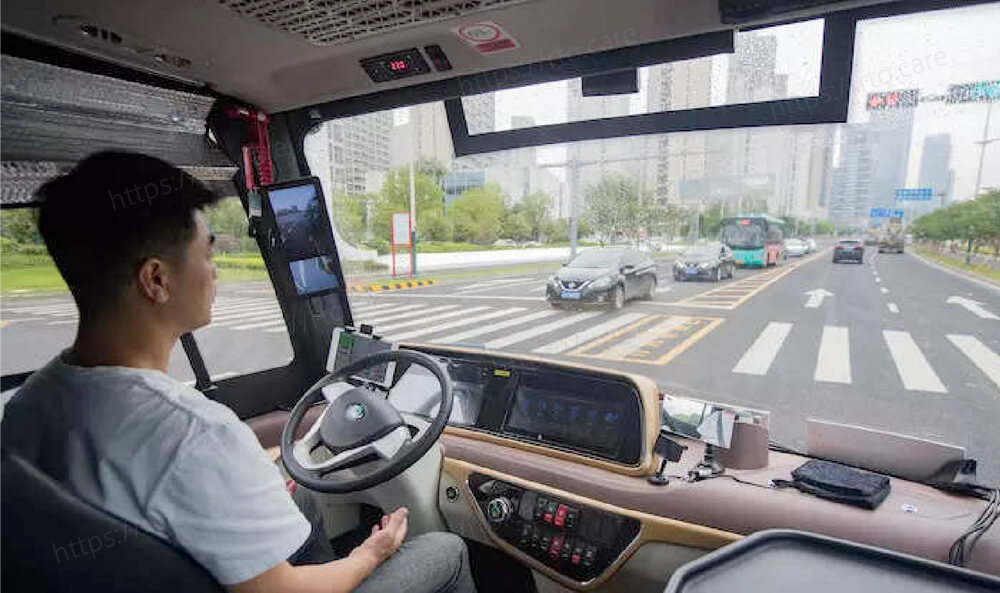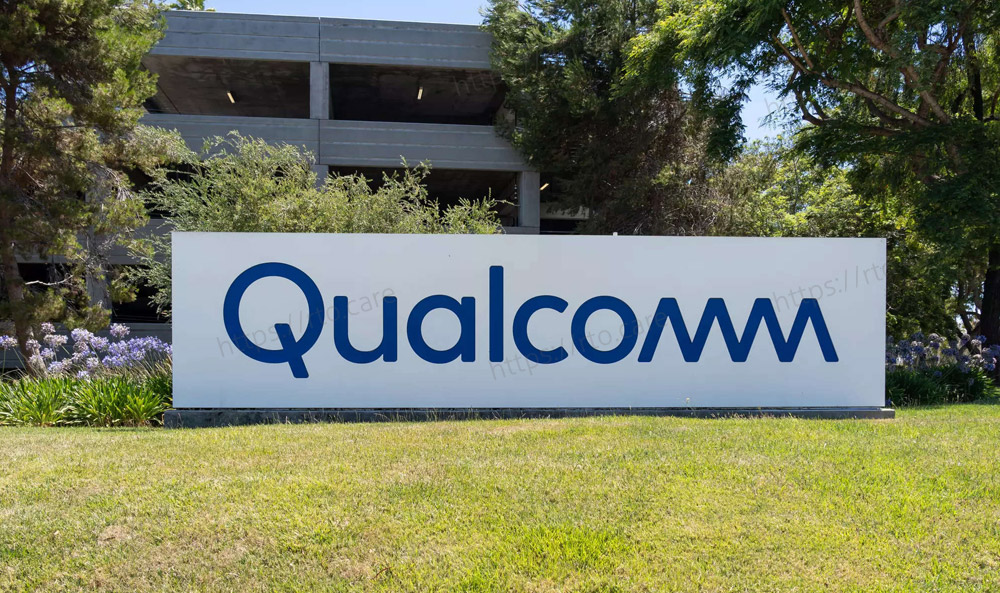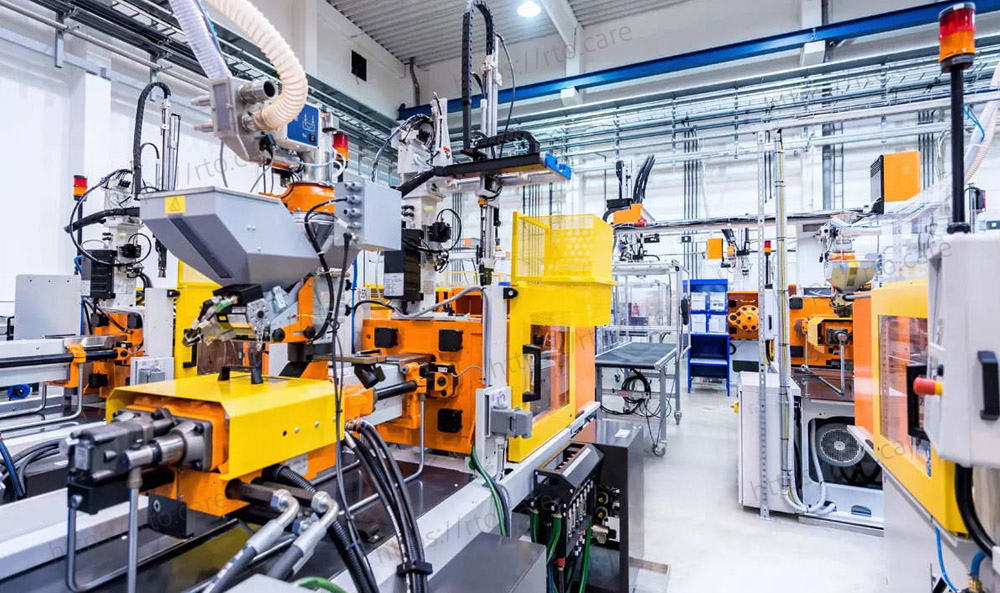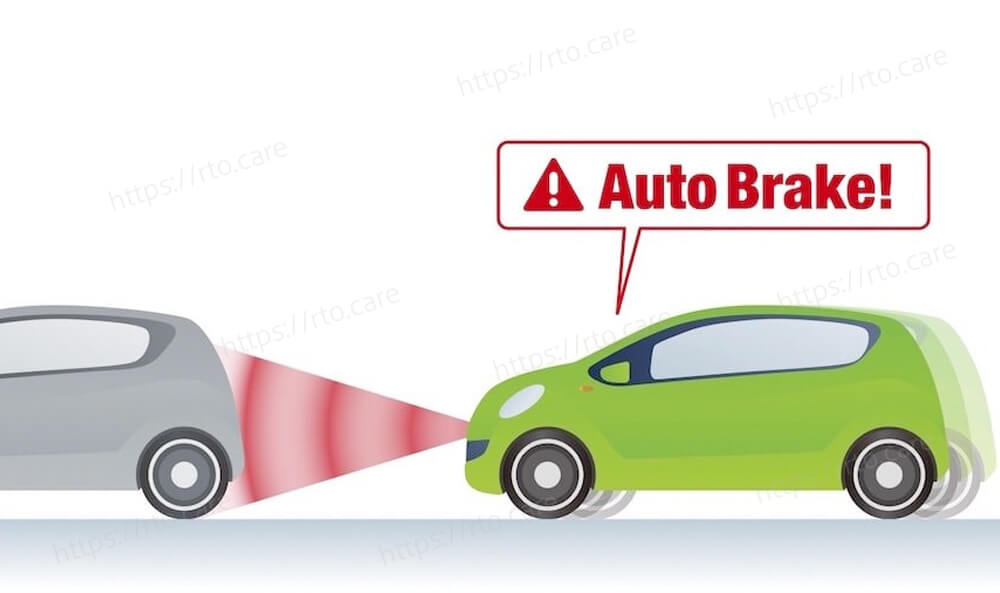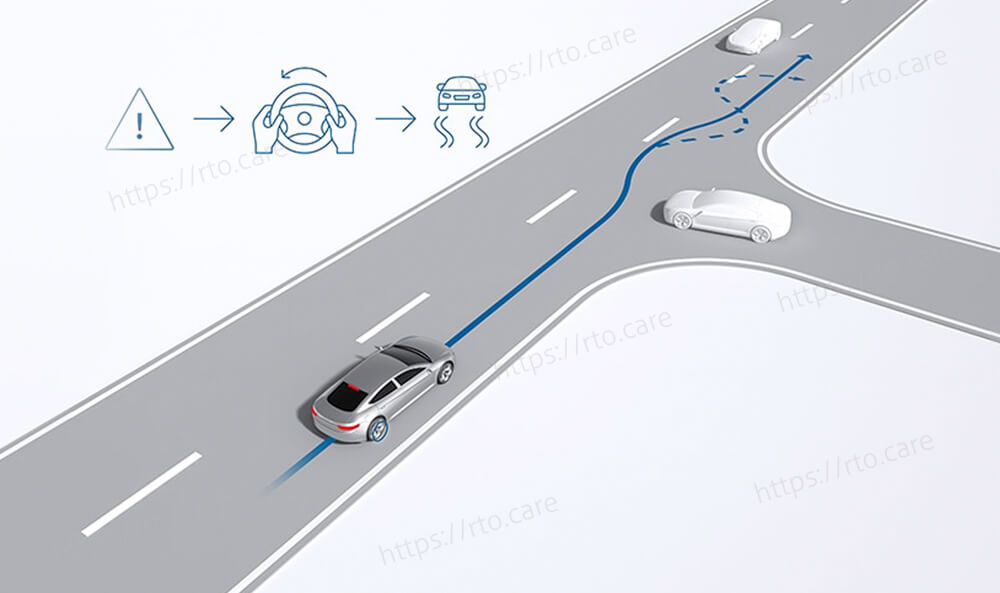Software programs like Matlab and Simulink are employed by a variety of industries, although the automotive and aerospace sectors utilize them most frequently. Therefore, engineers who are interested in creating goods for these sectors should become adept at using them.
The organization that created and distributes Matlab and Simulink, MathWorks, claims that "it is quite likely that the embedded software in any automobile that you drive today was developed using our tools." Prashant Rao is the head of application engineering in India.
All ten of the leading aerospace and automotive firms, according to Rao, employ their equipment. The use of our technologies is a part of the typical process for designing solutions in these fields, he claims.
High-level programming languages like Matlab allow for the direct expression of matrix and array mathematics. To utilize it, engineers must be proficient in mathematics and statistics. Simulink is a Matlab-based framework for modeling and simulating physical systems, such as the drag generated by an airplane component. Tesla is believed to have developed Matlab models over a long period to comprehend the path that every battery energy takes before making adjustments to the car's hardware to improve efficiency and, therefore, range.
Model-based design tools like Matlab and Simulink, according to Jacob Peter, senior VP at Bosch Global Software Technologies (BGST) in India, offer a mathematical and visual approach to creating complicated control systems. For example, they help Bosch's engineers build and calibrate embedded controllers more quickly. We require temperature and pressure inputs from multiple locations on the intake and exhaust sides of the vehicle to construct exhaust gas and air system components. Because placing sensors in each of these locations would be quite expensive, a model-based strategy including Simulink is adopted, according to the author.
According to Peter, these technologies have grown in value as a result of the strict time-to-market objectives and constantly changing design needs. They make it possible for our developers to identify flaws and design issues from the beginning of a project. They encourage rapid adaptability and iterations. They lessen the need for hardware to carry out validation and verification, he adds.
S Govindarajan, a former Tata Motors employee who left the company in 2015 after 38 years of service, claims that engineers created a brand-new Engine Management System (EMS) for the Tata Nano to fulfill the little car's high cost and efficiency targets.
